The trouble with measurement is that you need to retrieve energy from the system being measured, in order to determine its state.
The very act of measuring is going to influence that state. One of the greatest challenges in experimental physics is to measure "gently". That is, to remove as little energy as possible from the system, so that your influence on the measured state remains negligible.
So, if you want to measure the potential of a "floating" node, your measurement equipment must draw/inject some current, and the aim is to make that current as small as possible.
A typical digital voltmeter has 10MΩ resistance between its probes, which is large, but not large enough. If you connected those probes between the floating node and ground, any current drawn through those 10MΩ would easily be sufficient to "pull down" the node's potential to ground also, and you would always measure zero. The act of connecting the voltmeter already invalidates the measurement.
So, if you want to measure that node's potential, you will require a voltmeter that draws negligible current, compared to whatever other current sources and sinks are connected to that node, a voltmeter with near infinite resistance between its probes. Such things do exist, but there are other considerations.
Consider a node that is "high impedance". Its resistance to anything else in the world, including the power supplies (say +5V and ground) is so high, that it might as well be infinite. Even if you have an infinite-resistance voltmeter, you have other problems to overcome.
If there are any electromagnetic (light, radio, x-ray, etc) sources in the vicinity, any photon has the potential to induce current in the metal of the node. This will cause its potential to fluctuate.
If there any sources of AC in the vicinity, such as mains power (120V or 240V AC), or a 1MHz digital square wave on a node nearby, these sources will be capacitively coupled to the node, causing the node's potential to fluctuate.
If that's not enough, the node still forms part of an extremely high impedance loop of conductors and components, and any magnetic field fluctuations inside that loop will induce currents that cause the node's potential to fluctuate.
In other words, the state of the node is in perpetual flux, and due to the high impedance between the node and everything else, even the tiniest external influence can produce a large change in potential with respect to everything else.
So, even if you were able to measure the potential without influencing it in any way, it's potential would be a changing value, a value subject to the presence of any potential changes near it or in the same room, any magnetic influences near it (caused by every current in every conductor within a few centimetres or metres), and every electromagnetic wave that happens to impinge upon it.
Even your own bodily presence near the node will increase the capacitance between the mains supply in your home and the node. You will also act as a giant antenna, reflecting and radiating electromagnetic "noise" to the node.
This is why a "high impedance input" should not be left unconnected, lest it oscillate wildly in potential, and have undesirable consequences to the systems "monitoring" its state.
The most significant "connection" that a high-impedance pin has to everything else is parasitic capacitance between that node and other conductors nearby. Generally, that's a few picofarads. Since it requires current to flow via these capacitances to change the potential differences across them, the potential at the node tends to be more stable than I may have insinuated above, but it is still very vulnerable to environmental conditions. Just bring your finger near to (but not touching) an unconnected CMOS inverter input, and watch that gate's output flap around wildly on an oscilloscope.

